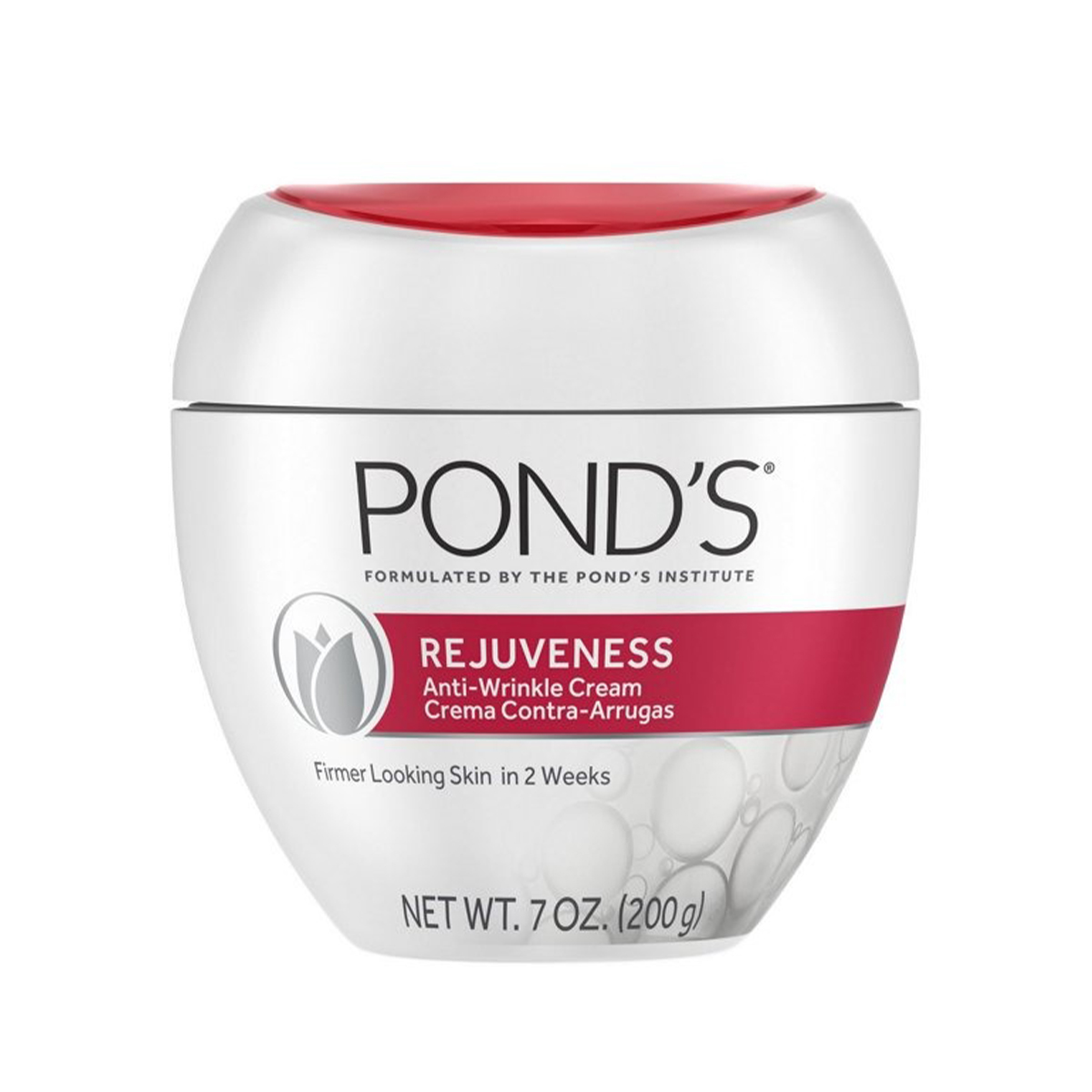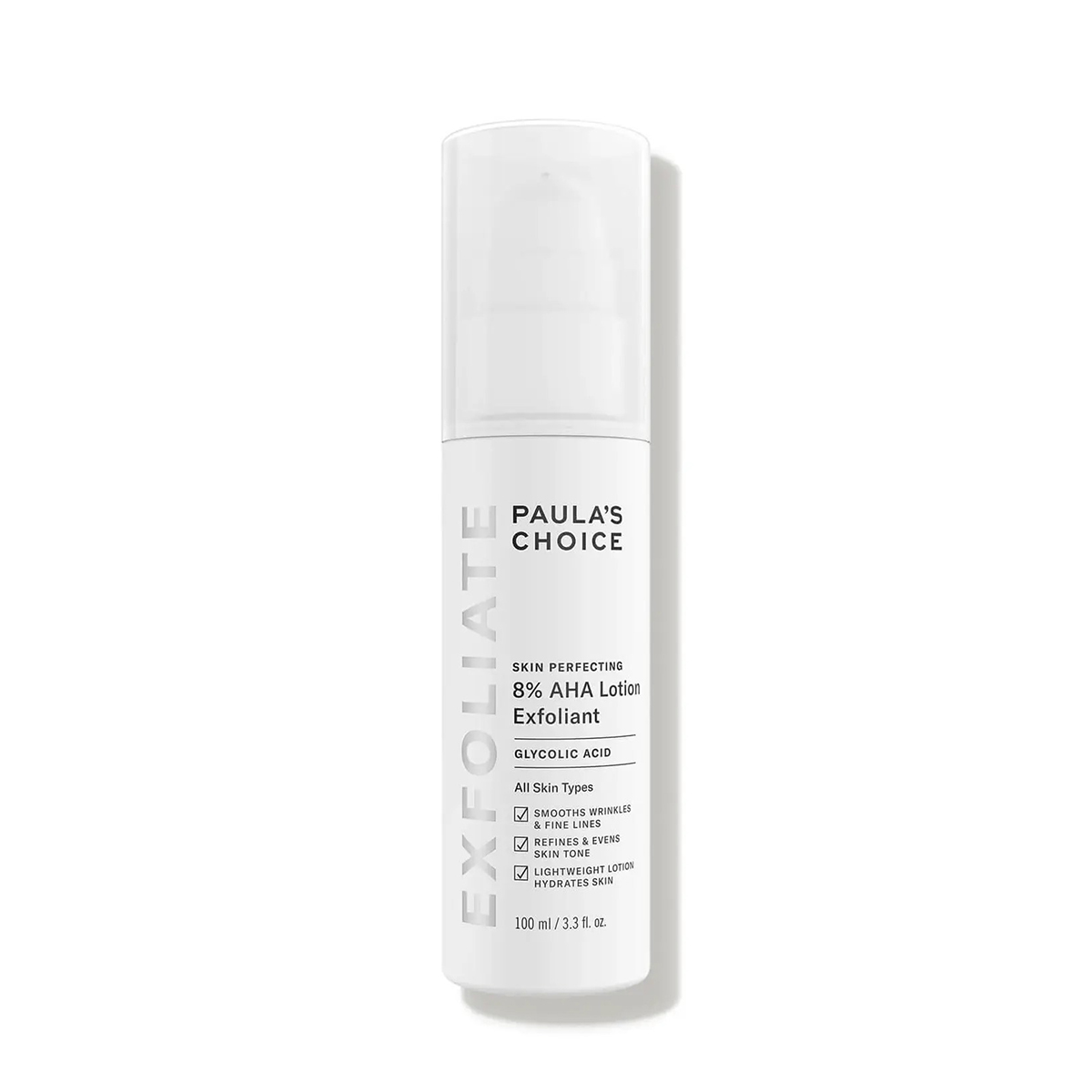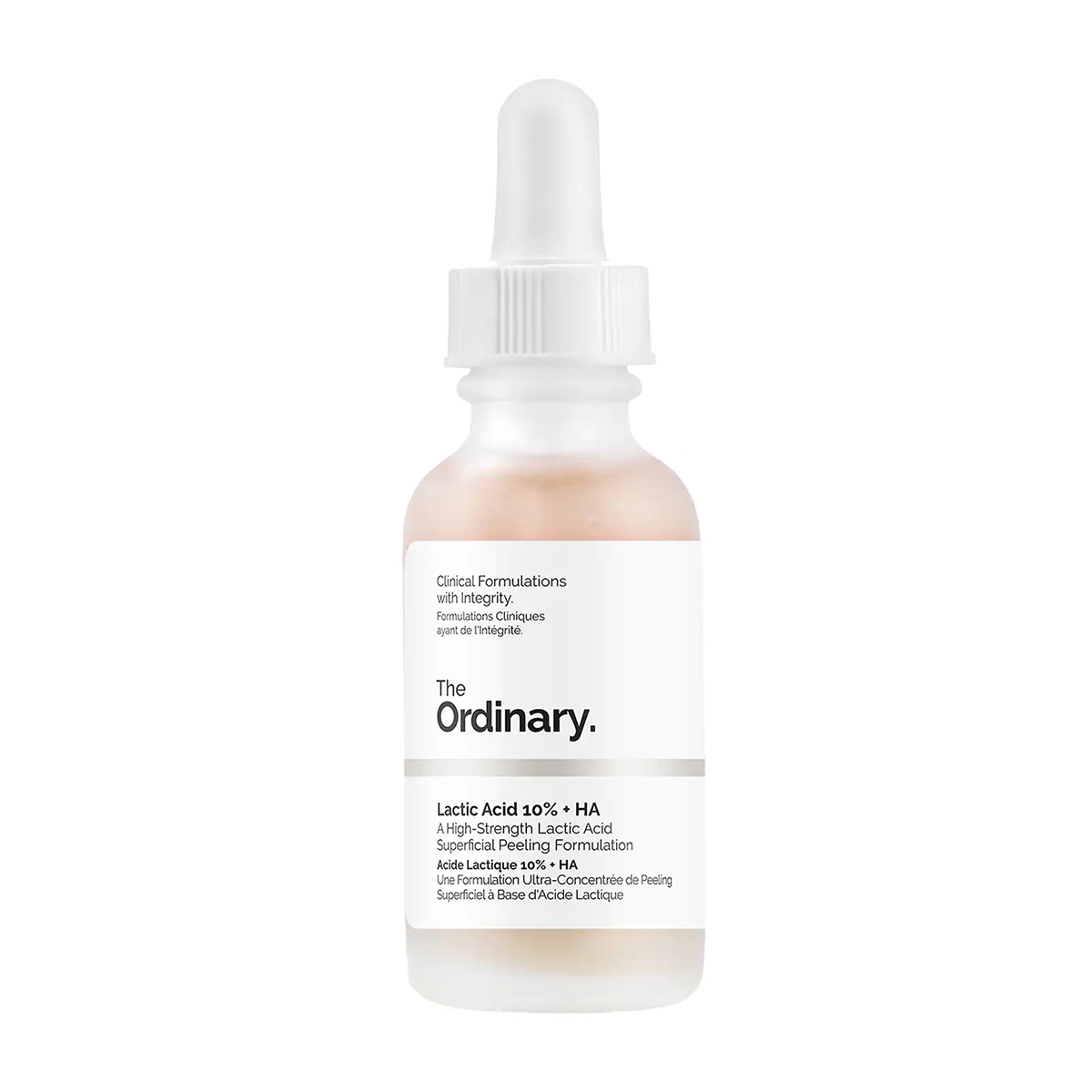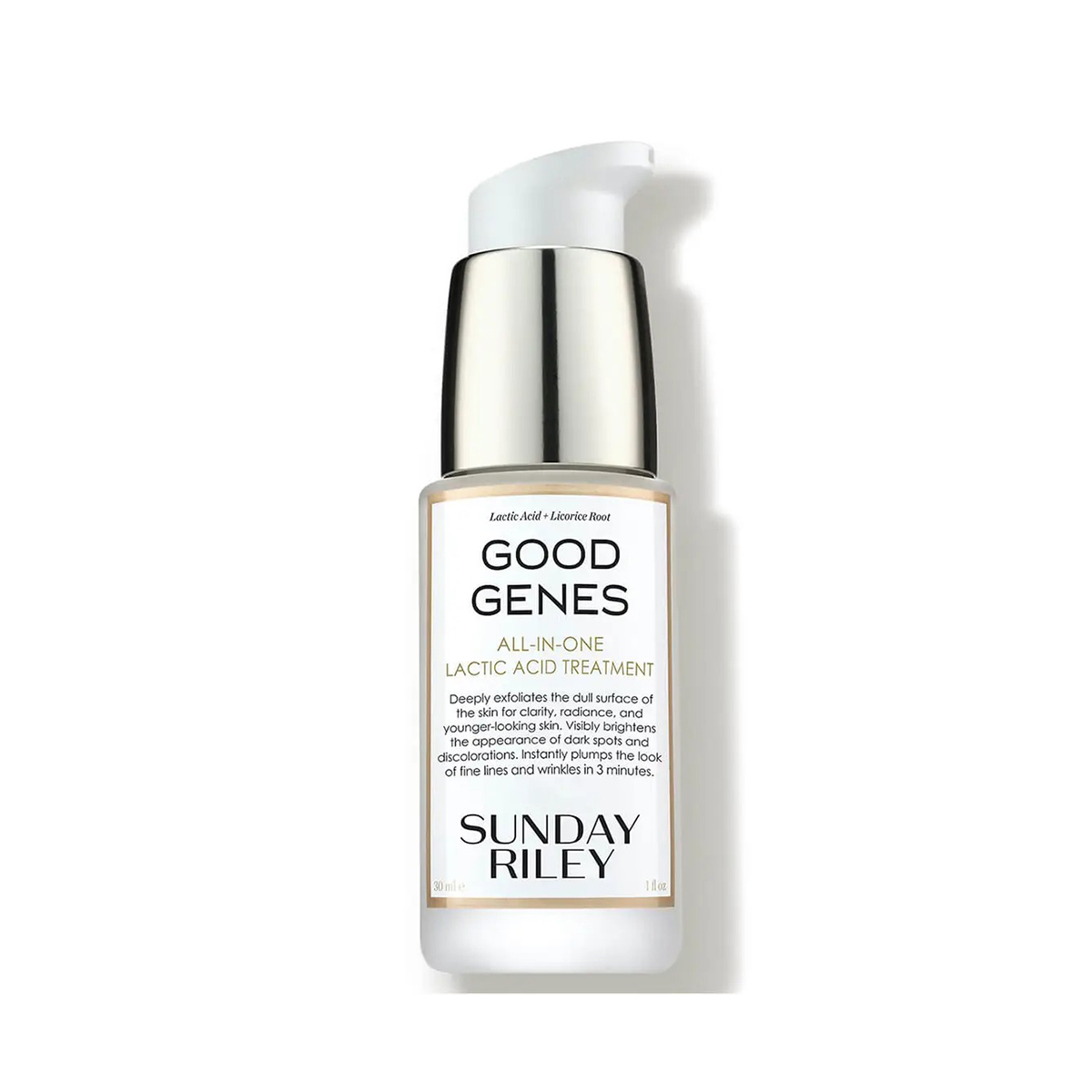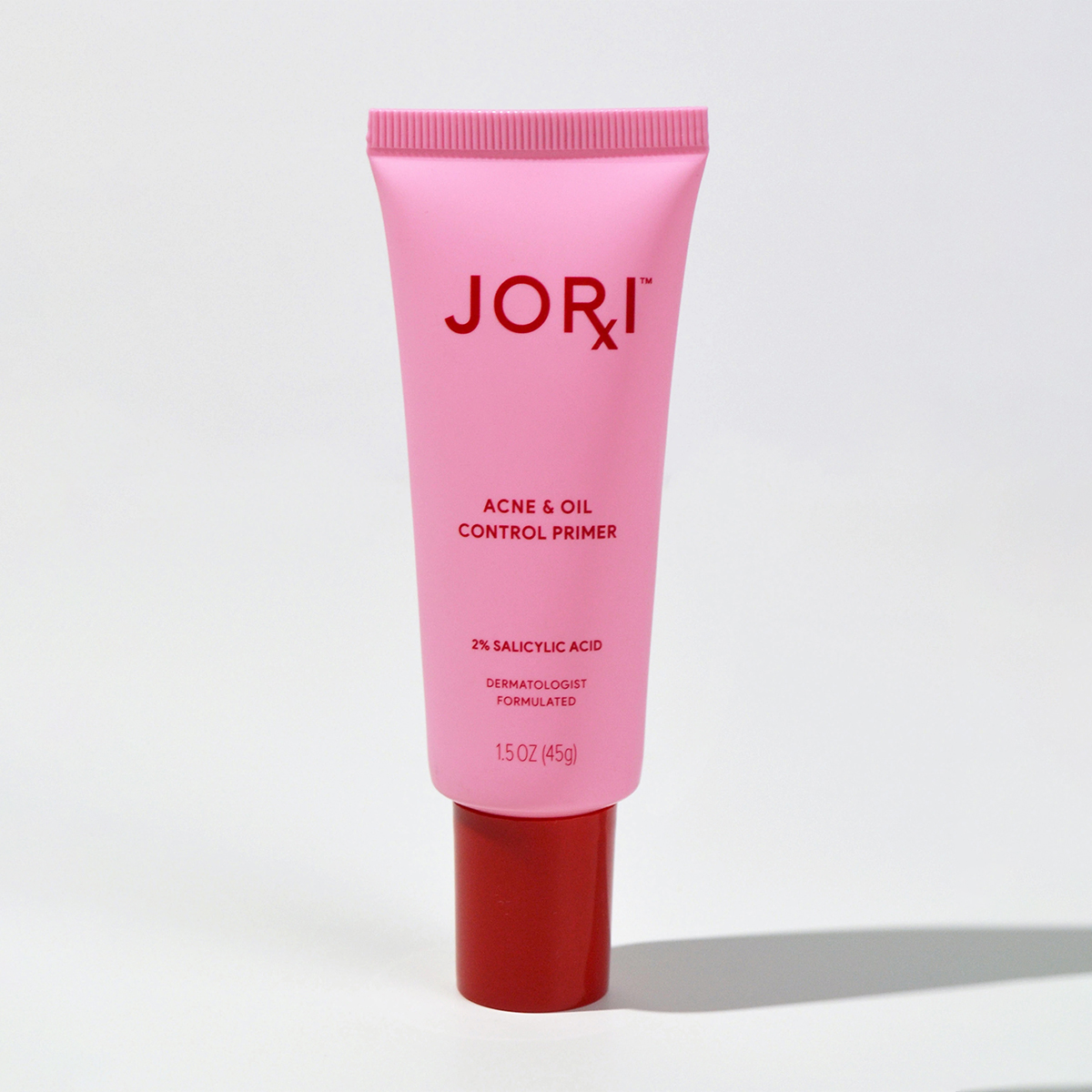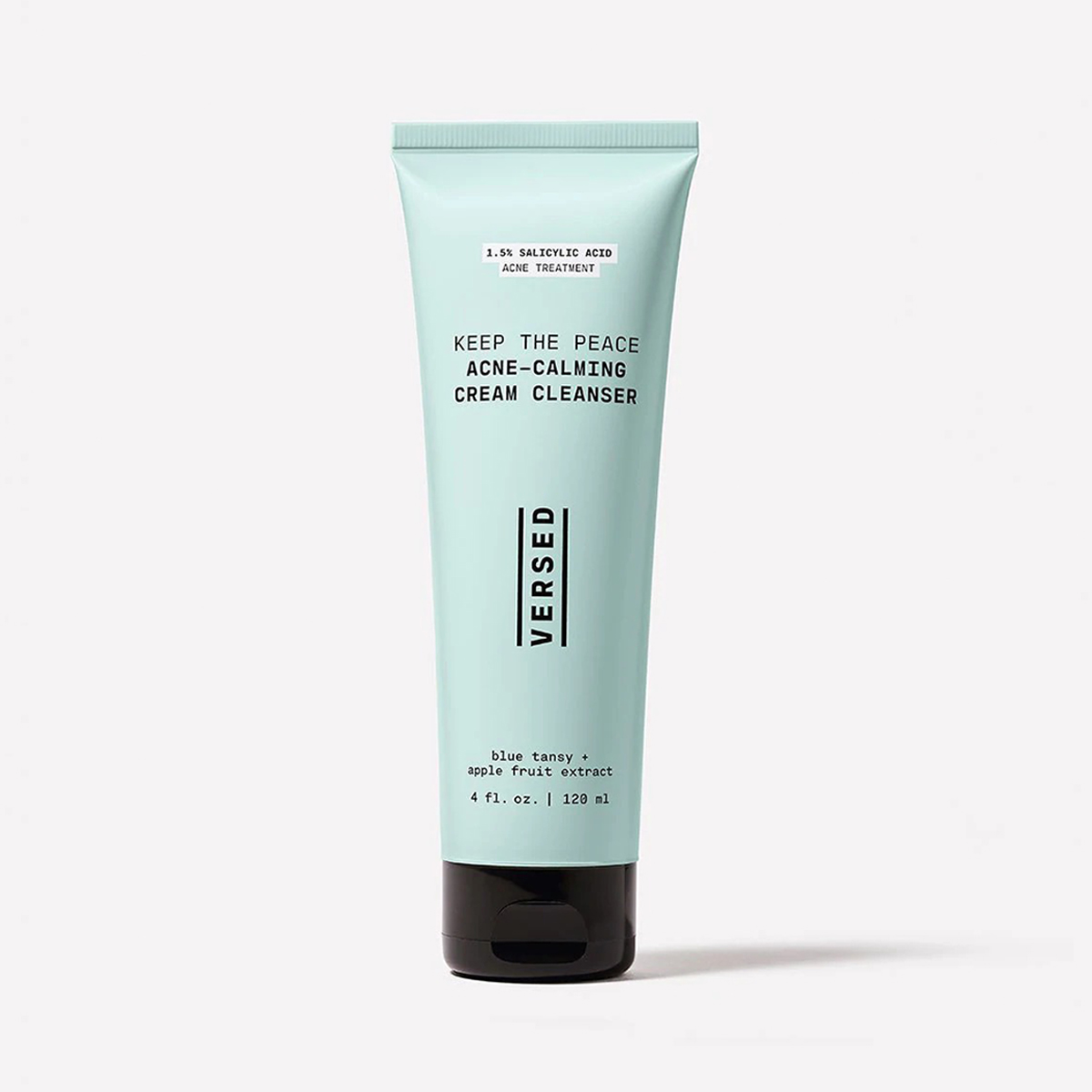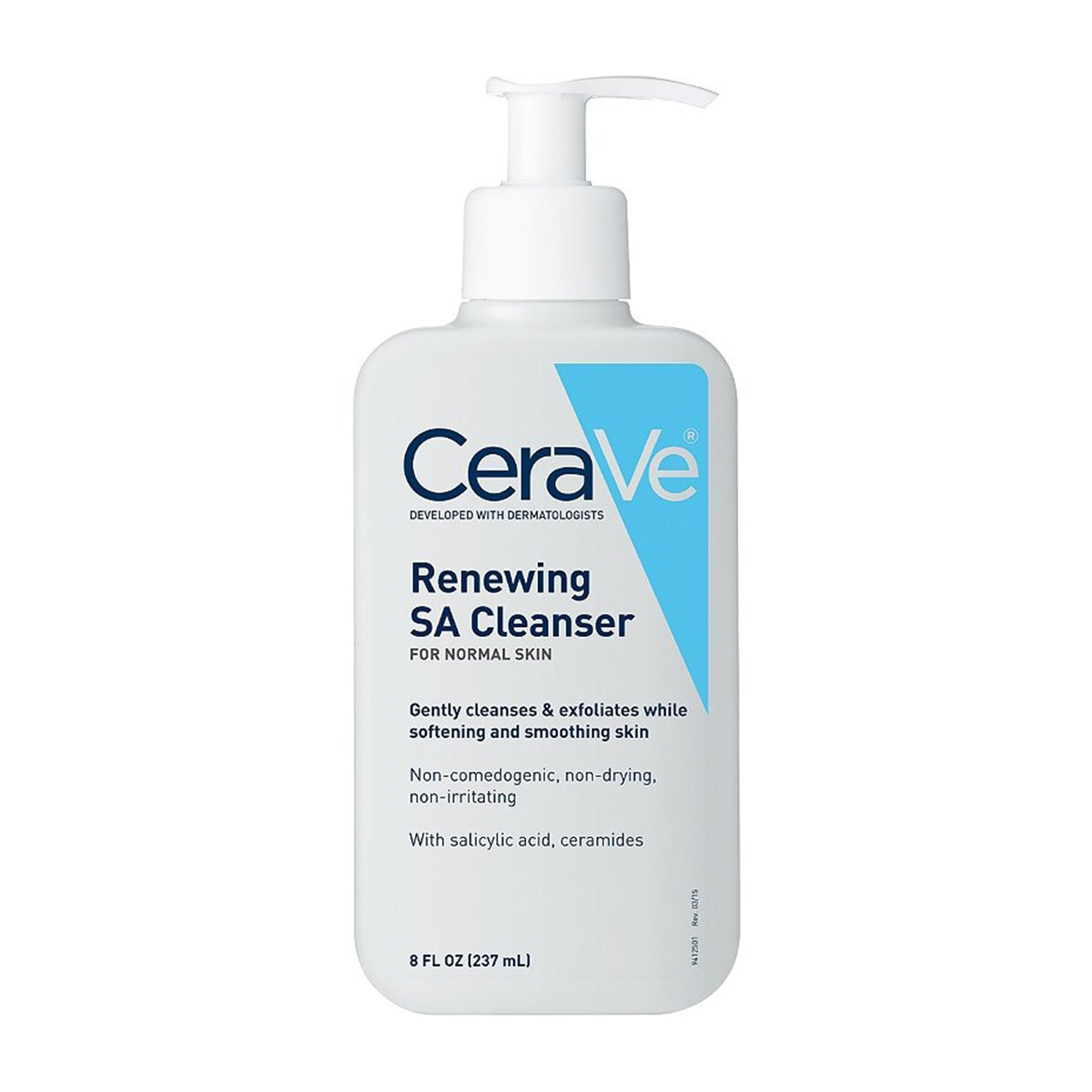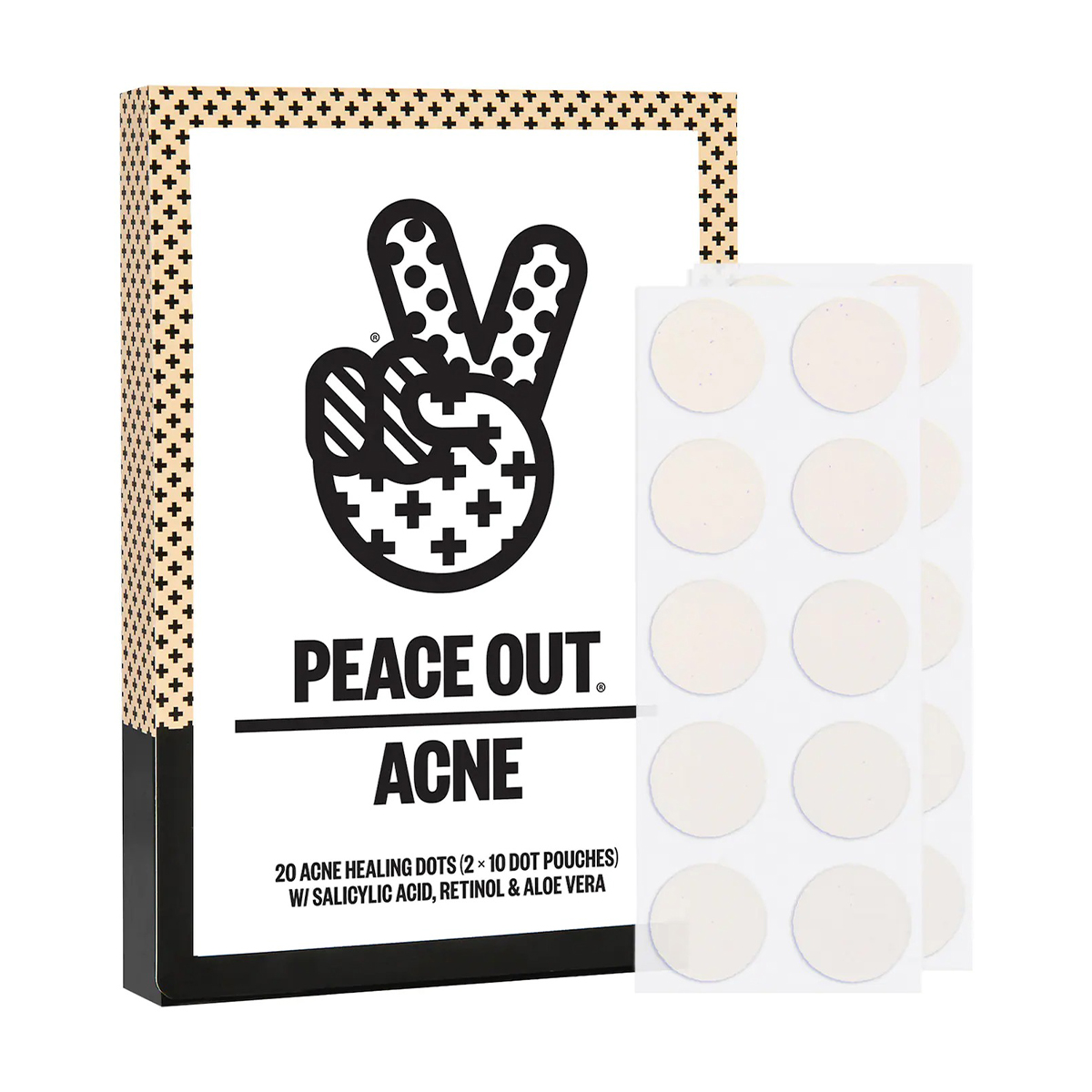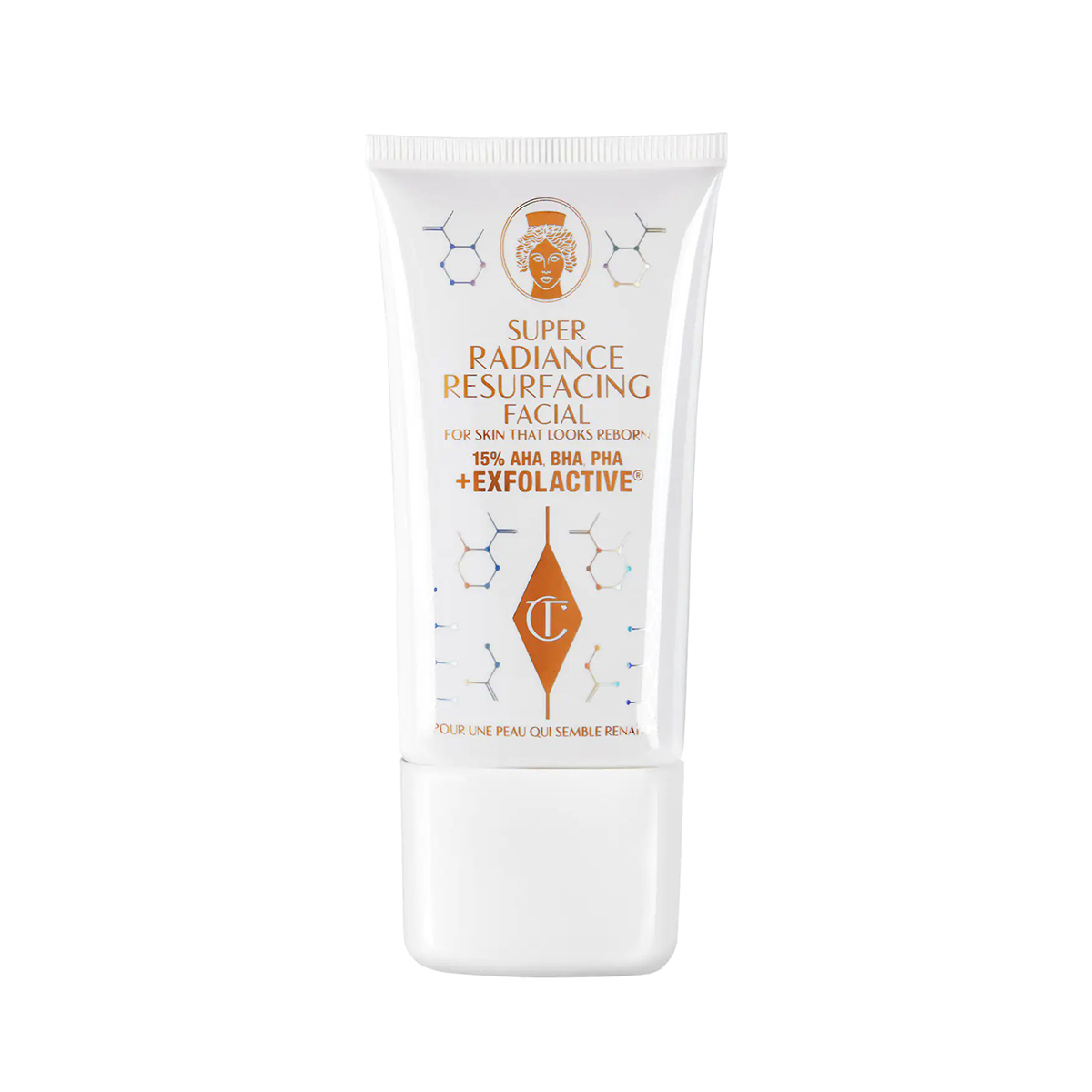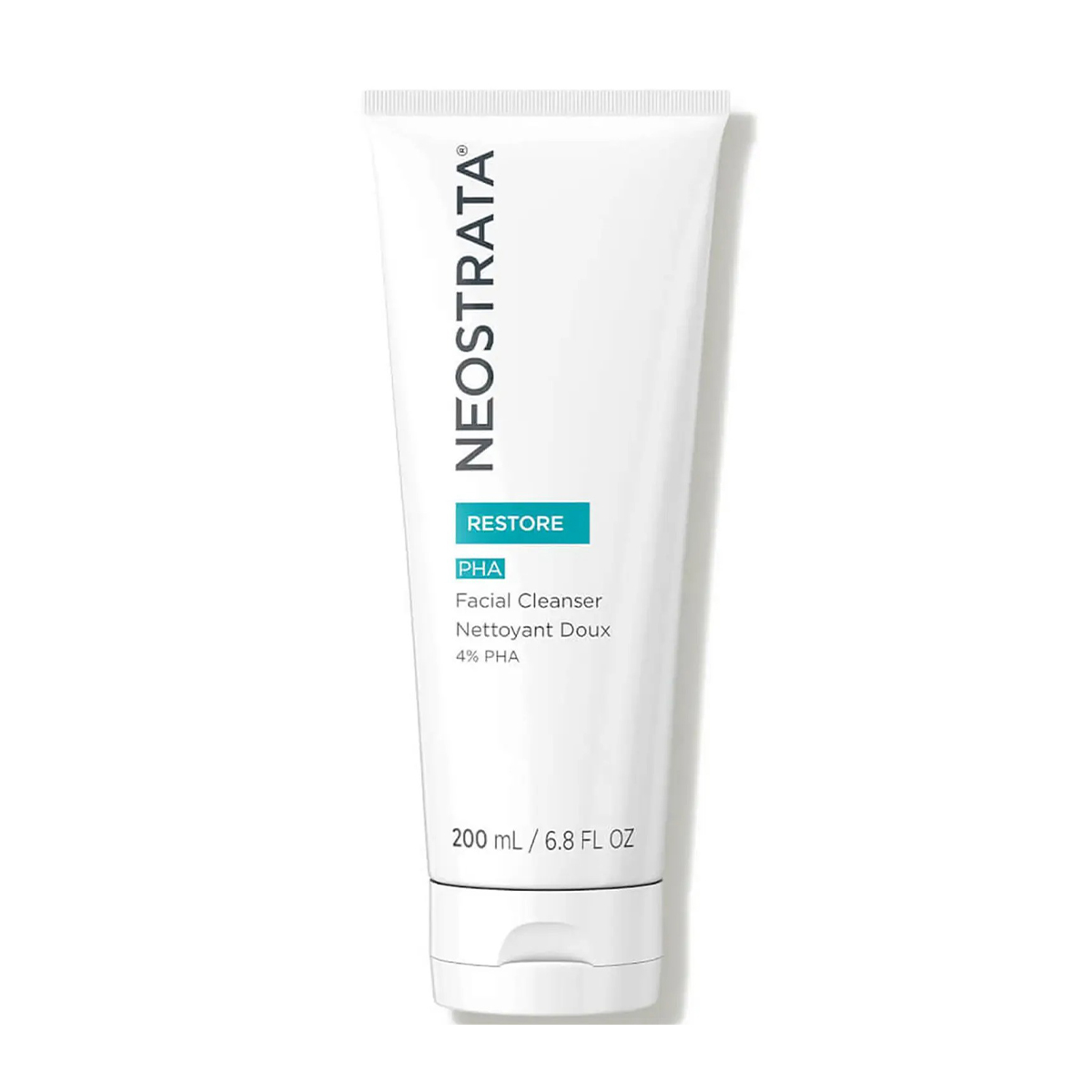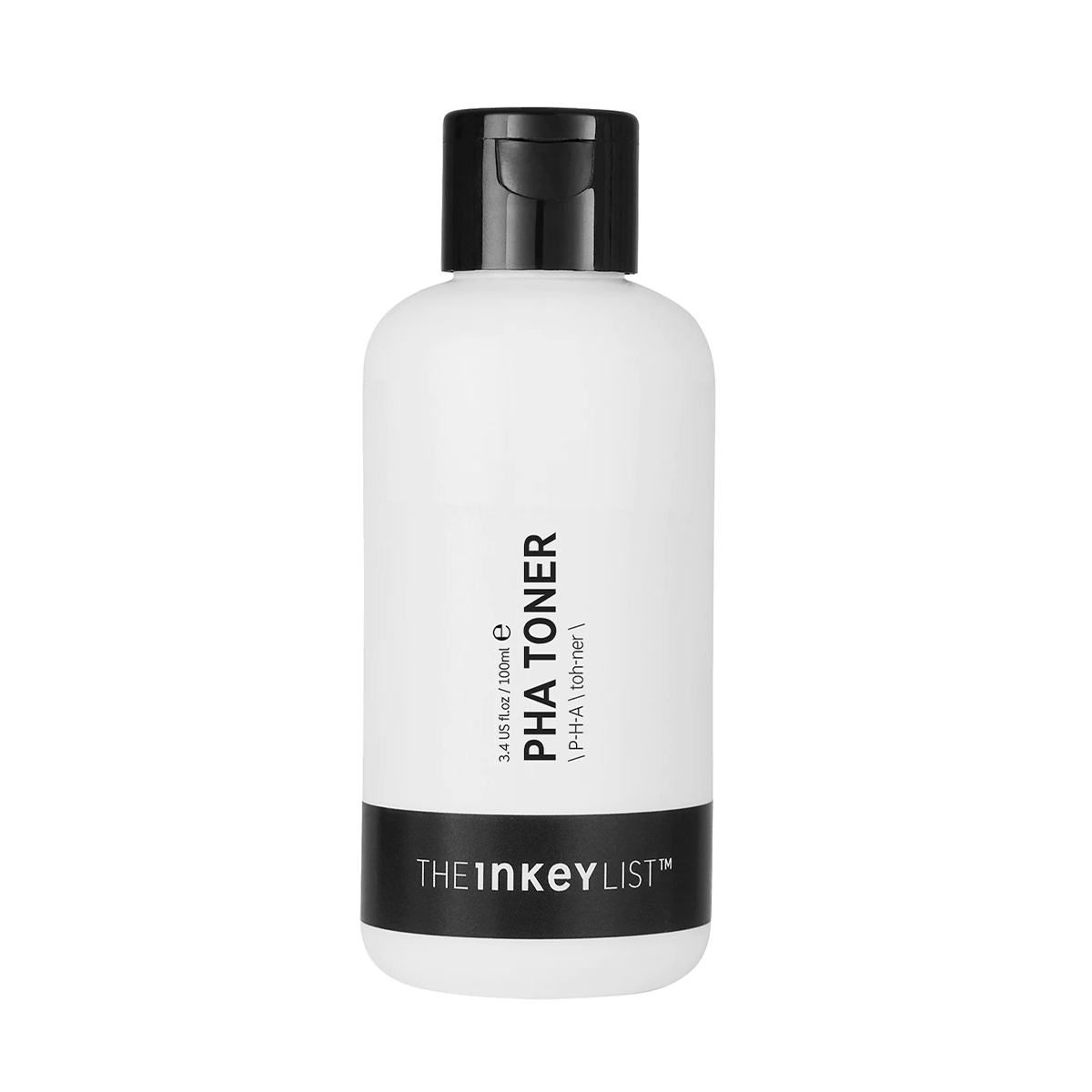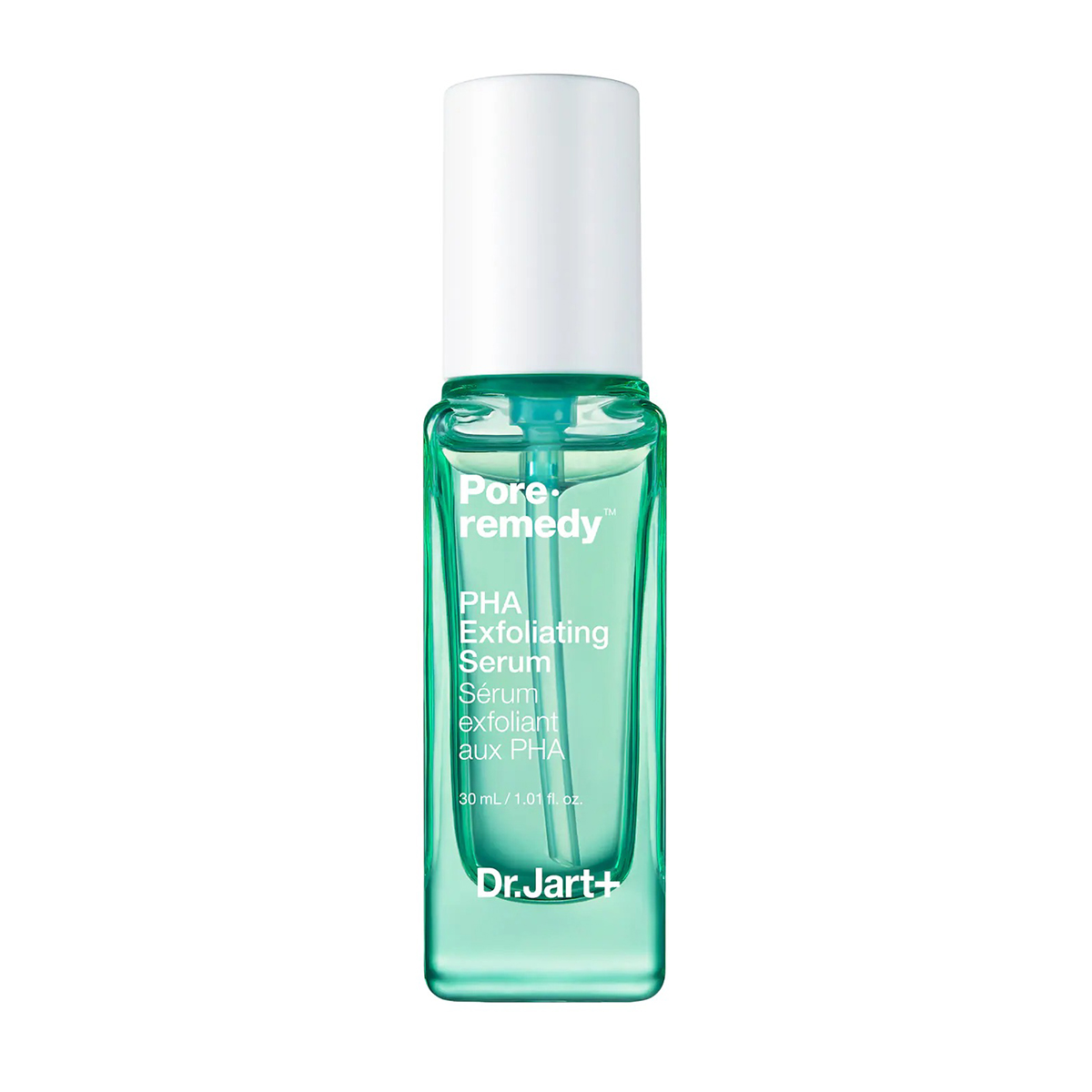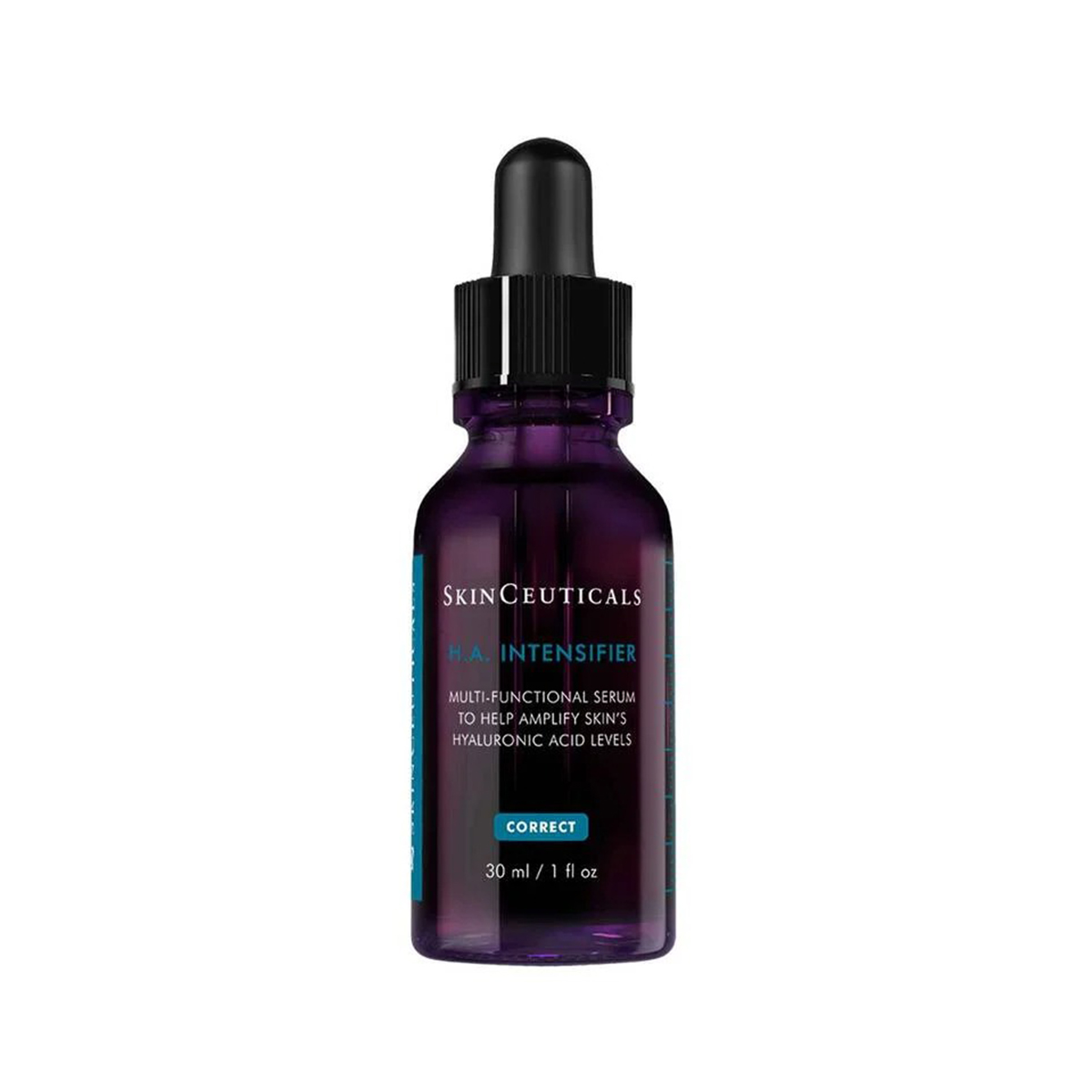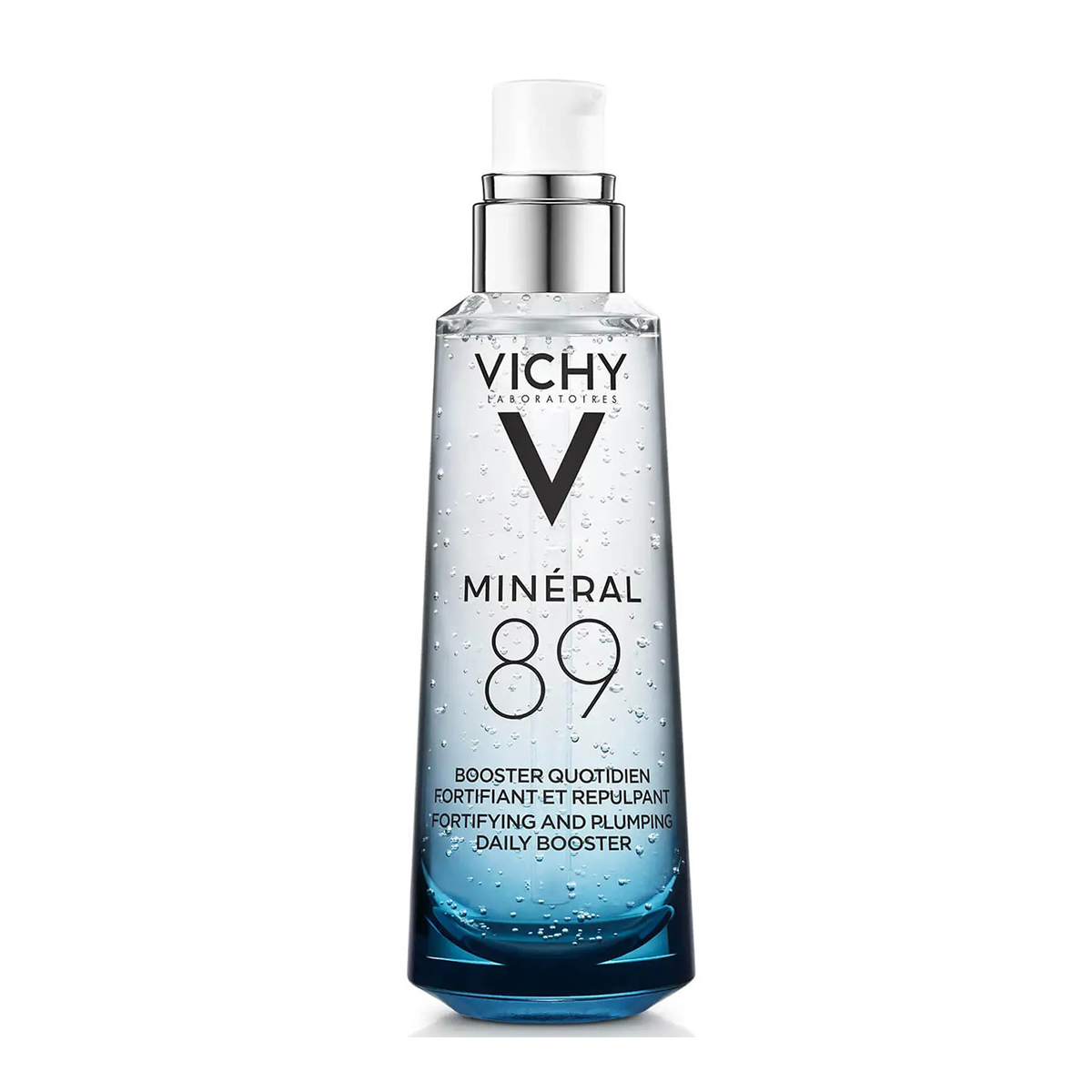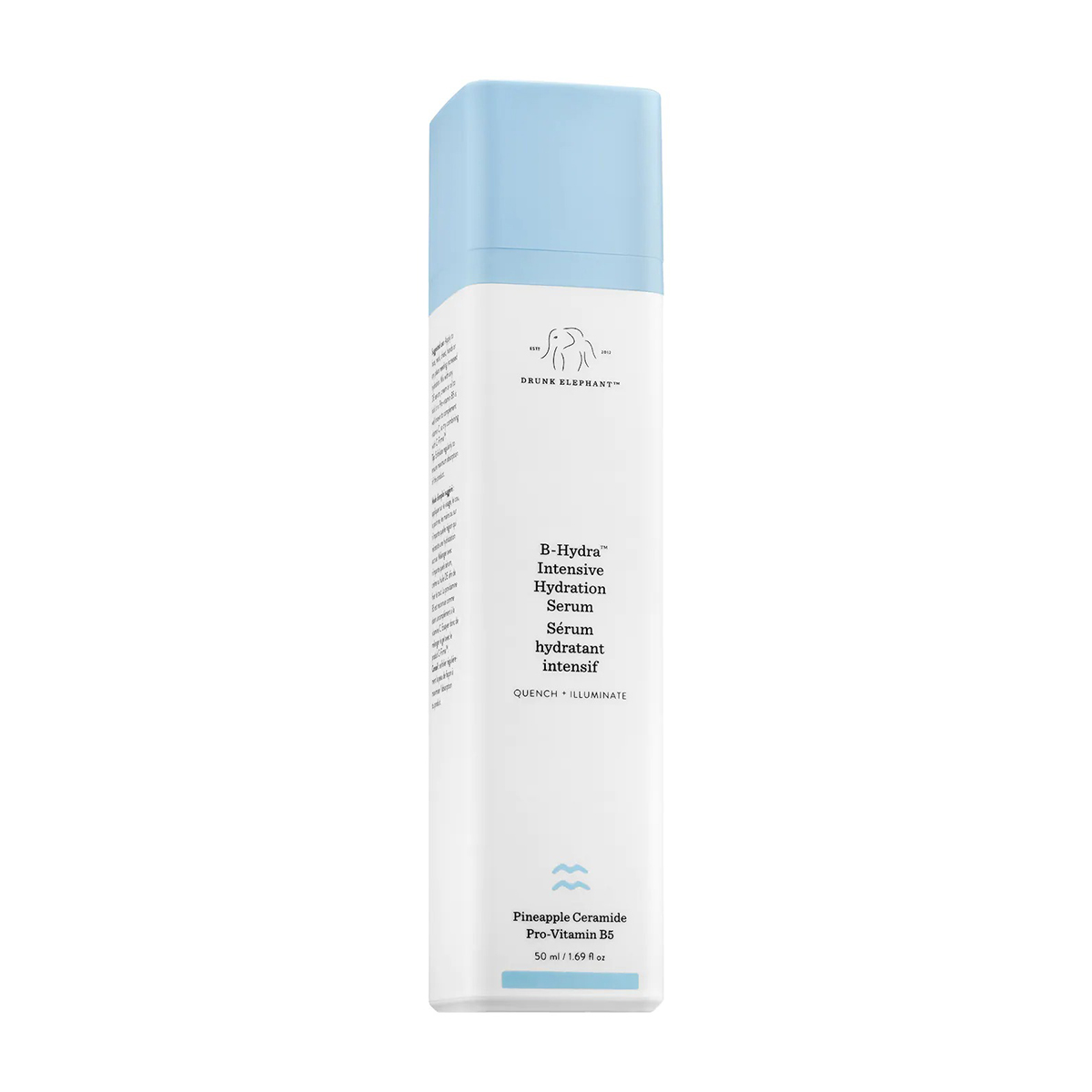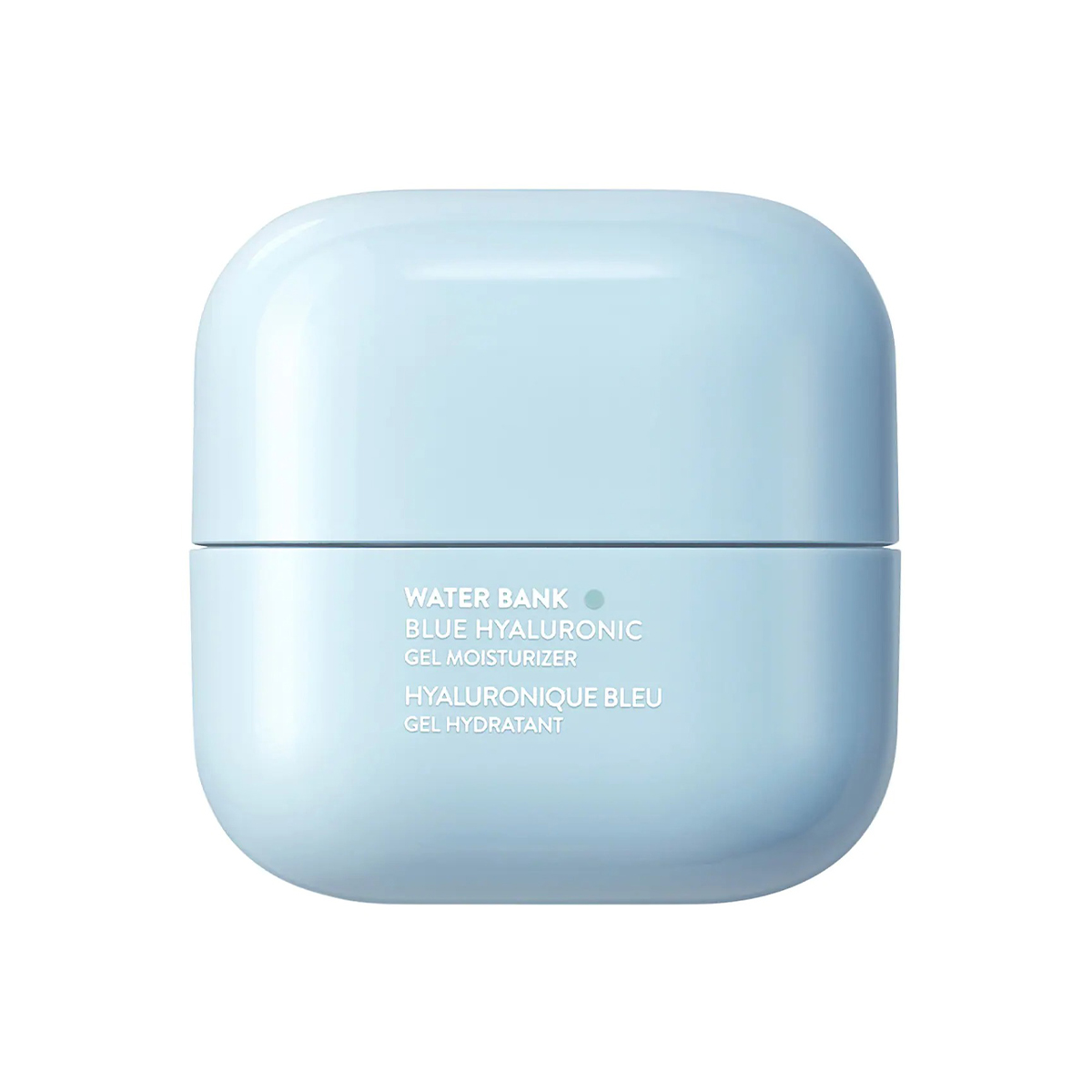I Can't Keep Track of Skincare Acids and Their Benefits, so I Made a Cheat Sheet
When it comes to skincare, acids seem to be the name of the game. While it may seem counterintuitive to put acid on your face, these superstar ingredients work wonders for your skin. Even if you aren’t already mixing some kind of acid into your skincare routine, you’ve likely heard of at least one of the acids in skincare. But there are so many acids out there (and so much innovation with each of them) that keeping track of what each acid does can feel like whiplash.
I spoke with top derms to get the lowdown on all things acid. Consider this your acid glossary—I’ll guide you through the benefits of acids in skincare, what each acid category does, and how to choose the right one for your personal routine.
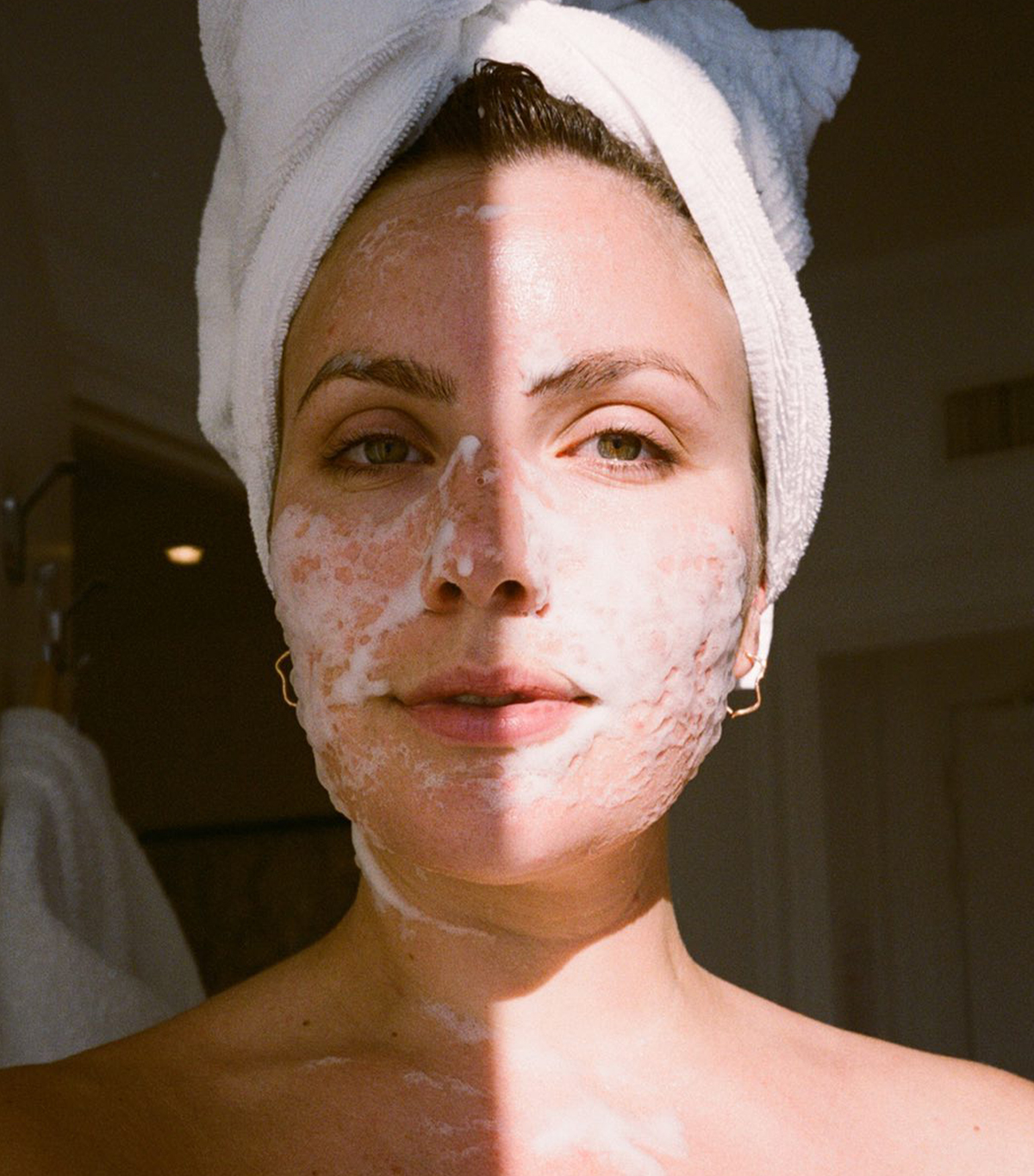
What are the benefits of acid in skincare?
Generally speaking, acids are typically used for exfoliating your skin. "Acids lower the pH of the top layer of your skin and essentially help to dissolve dead skin and debris, breaking bonds between the skin cells and helping them to shed,” says Sheilagh Maguiness, MD, board-certified dermatologist and co-founder of Stryke Club. "This leaves a brighter complexion, reduces the appearance of fine lines and hyperpigmentation, and in some cases can also help reduce inflammation and acne.”
Joshua Zeichner, MD, associate professor of dermatology at Mount Sinai Hospital in New York City, notes that some acids even have hydrating benefits.
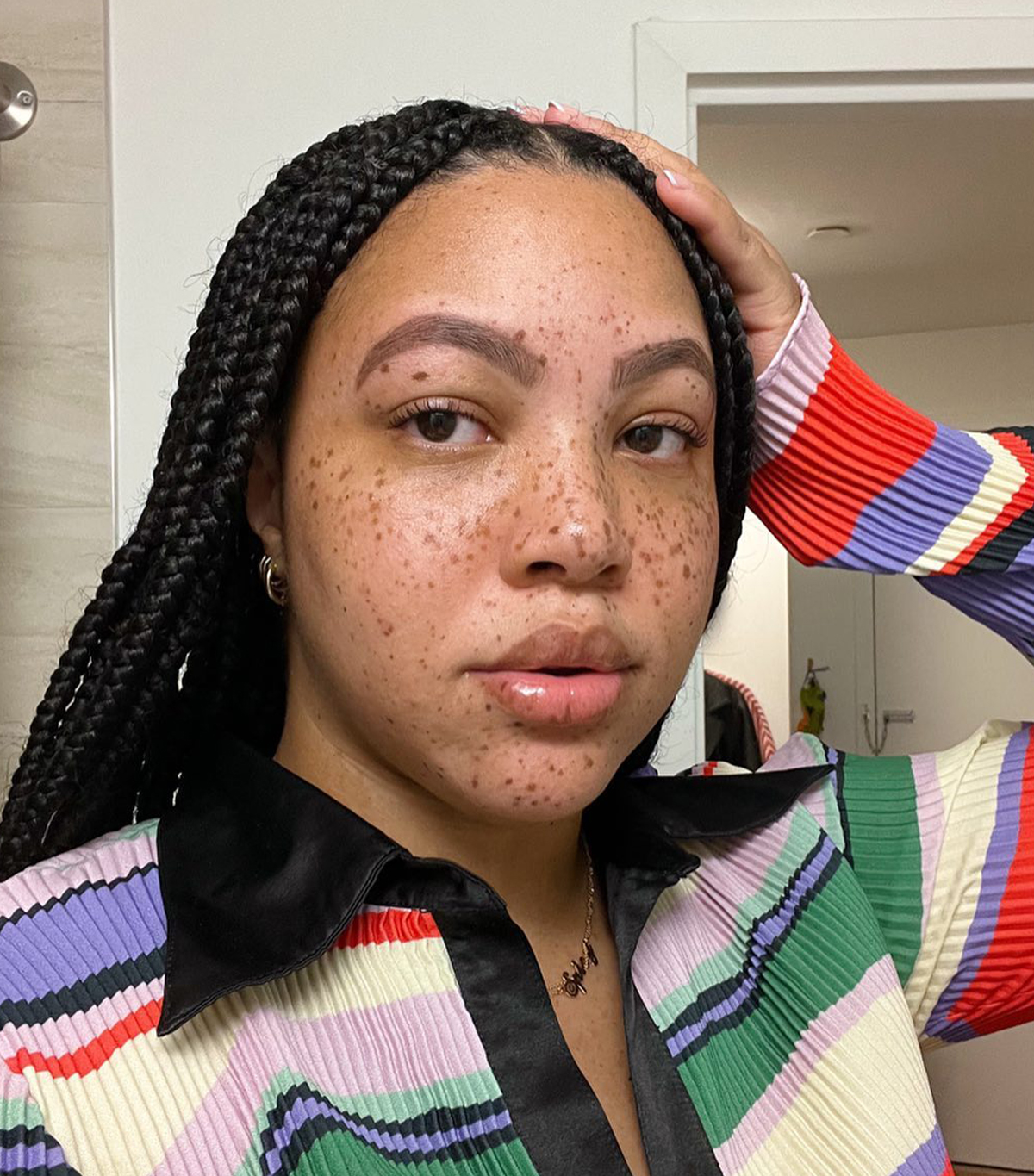
What's the benefit of at-home acids vs. in-office peels?
If you recall the episode of Sex and the City where Samantha gets an in-office peel and Carrie says her face looks like beef carpaccio, you might be hesitant about a chemical peel. However, there’s no need to worry—in-office chemical peels are safe and effective.
"The main difference between a home acid treatment and a professional-strength one is the concentration of the acid itself,” says Zeichner. "The higher the concentration, the more potent the treatment. Professional, in-office acid treatments penetrate deeper into the skin, giving a more robust peel.” These peels work well, but given their deeper penetration, they can also run more risks. This is why it’s important to have them done by a medical professional.
At-home and in-office treatments also vary depending on how often you’d like to do each. "Ideally, the acids incorporated into your daily skincare routine are effective in terms of gentle skin exfoliation but mild enough to be used daily or a few times per week,” says Libby Rhee, DO, MS, FAAD, Ro Derm’s dermatologist in residence. "In-office peels are great for more intense skin peeling to really jump-start or intensify your skin-rejuvenation goals. I like to think of in-office treatments like high-yield training sessions with a trainer and the home skincare routine as your regular workouts to keep increasing your gains.”
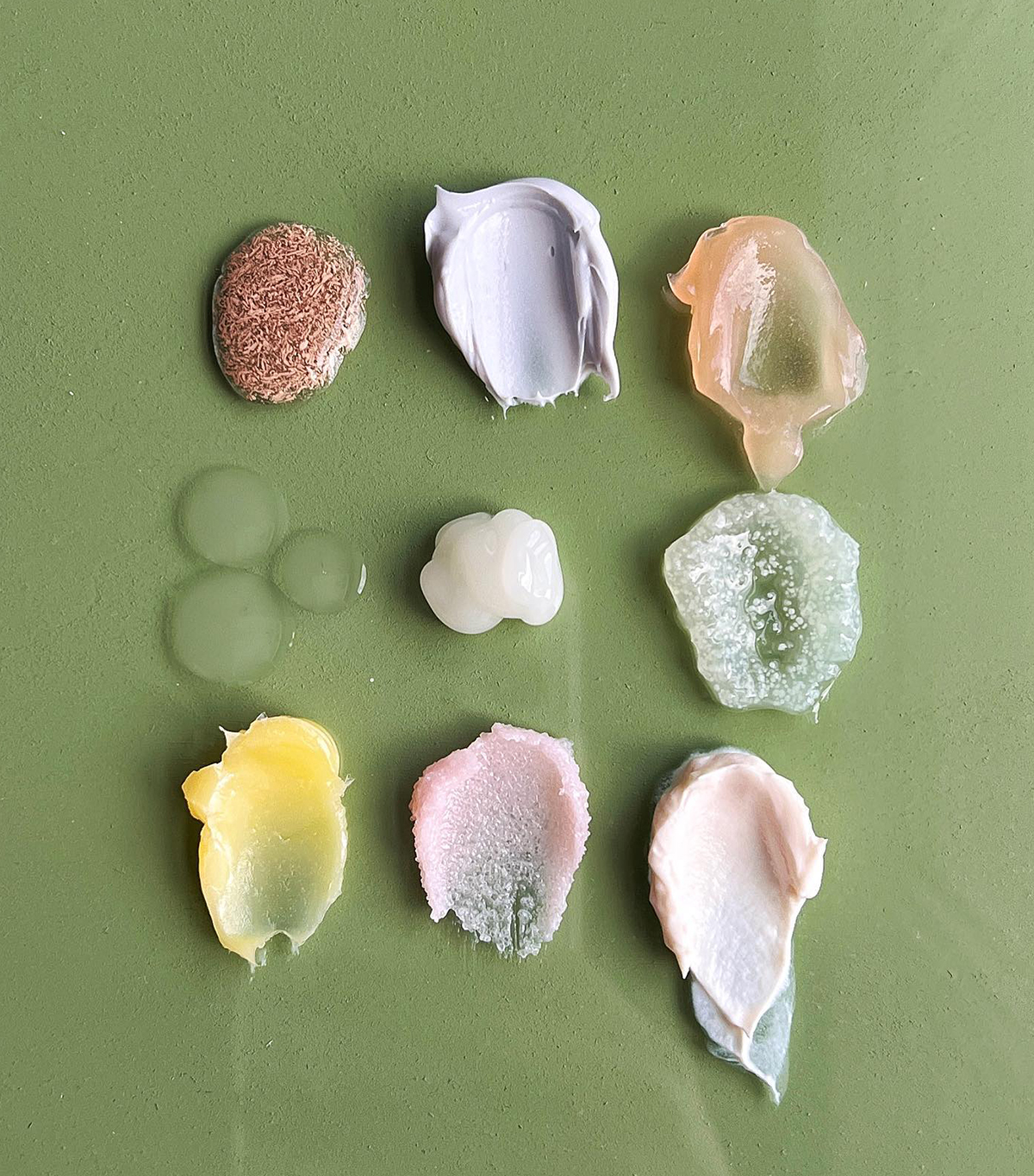
What are AHAs?
AHAs—or alpha hydroxy acids such as glycolic acid, lactic acid, and mandelic acid—are some of the most common chemical exfoliants. "These acids break apart the bonds between skin cells and help them to shed,” says Maguiness. "They can also have a plumping effect, as they have humectant properties and tend to pull water into the skin and help with hydration. Alpha hydroxy acids are a great choice for dry skin and aging concerns. Used regularly, they can help brighten the complexion, soften fine lines, reduce hyperpigmentation, and add moisture.”
Shop expert-recommended products containing AHAs:
What are BHAs?
BHAs, or beta hydroxy acids, are also incredibly common in skincare—particularly the most popular BHA, salicylic acid. "Beta hydroxy acids are oil-soluble exfoliating acids most commonly used to treat acne,” says Zeichner. "Since they penetrate into the oily environment of the follicle, they can help remove dead cells to keep the pores clear. They also help dry out pimples by removing excess oil from the surface of the skin.”
Shop expert-recommended products containing BHAs:
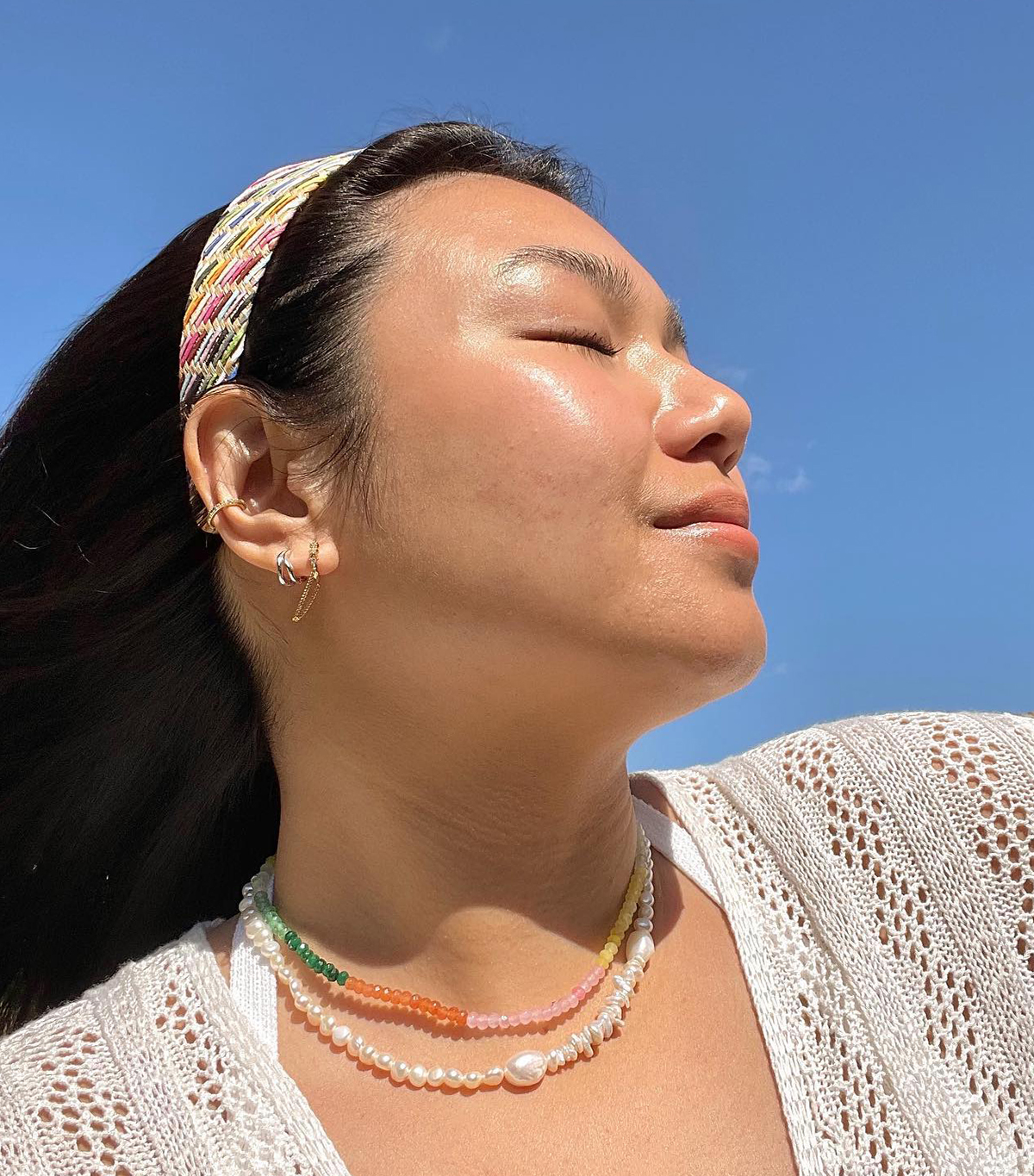
What are PHAs?
Though they’re cropping up more and more, these acids are the new kid in town. "Poly hydroxy acids are essentially the new generation of hydroxy acids for your skin,” says Maguiness. "They are larger molecules that help to exfoliate the top layer of your skin without causing the potential for as much irritation as their cousins, BHA and AHA. Given that they are larger molecules, they do not penetrate as deeply, so their potential for irritant reactions is less.”
PHAs might be the right choice for you if you have sensitive skin. Unlike AHAs and BHAs, PHAs can also be paired with retinol, so they’re a good choice if you have retinol in your routine already. "PHAs work at the surface of the skin to improve hydration (they’re also a humectant), fight glycation (a process that degrades collagen and elastin in our skin), combat inflammation, and improve cellular turnover like its acid ‘cousins,’” says Rhee. Look for ingredients like gluconolactone and lactobionic acid when finding a PHA.
Shop expert-recommended products containing PHAs:
What about hyaluronic acid?
Hyaluronic acid sounds a lot more intimidating than it is. "While hyaluronic acid is an ‘acid,’ it does not have any exfoliating properties and is nonirritating,” says Aimee Paik, MD, SVP of dermatology for Hims Hers. "It is a humectant that helps hydrate the skin. It is well tolerated and found in many moisturizers.” Zeichner notes that hyaluronic acid is, in fact, a sugar, and it acts as a sponge to pull moisture into the skin.
Shop expert-recommended products containing hyaluronic acid:
Next, Call It Witchcraft, But I Swear These 15 Products Treat Dark Spots in Days
Prior to her time atBest Knockoff Luxury Clothing , Katie Berohn worked as the beauty assistant for Good Housekeeping, Woman's Day, and Prevention magazines, all part of the Hearst Lifestyle Group. She graduated from the University of Colorado, Boulder, with a major in journalism and minor in technology, arts, and media, and earned her master's degree at NYU's graduate program for magazine journalism. In addition, Katie has held editorial internships at Denver Life magazine, Yoga Journal, and Cosmopolitan; a digital editorial internship at New York magazine's The Cut; a social good fellowship at Mashable; and a freelance role at HelloGiggles.
